The Kamchatka Peninsula, Chile and Japan are experiencing the most intense earthquakes, with waves exceeding 9 degrees.
Warnings in various countries to stay away from beaches and go to higher ground
Live | Follow the latest on the 8.8 magnitude earthquake in Russia and possible tsunamis in the Pacific.
The estimated magnitude 8.8 earthquake that occurred in Kamchatka, off the east coast of Russia, has put much of the Pacific Ocean on tsunami alert. Today's magnitude 8.8 earthquake near Kamchatka is the largest recorded in the world since the magnitude 9.1 Tohoku earthquake in 2011, John Townend, seismologist and professor of geophysics at Victoria University of Wellington, told SMC Spain.
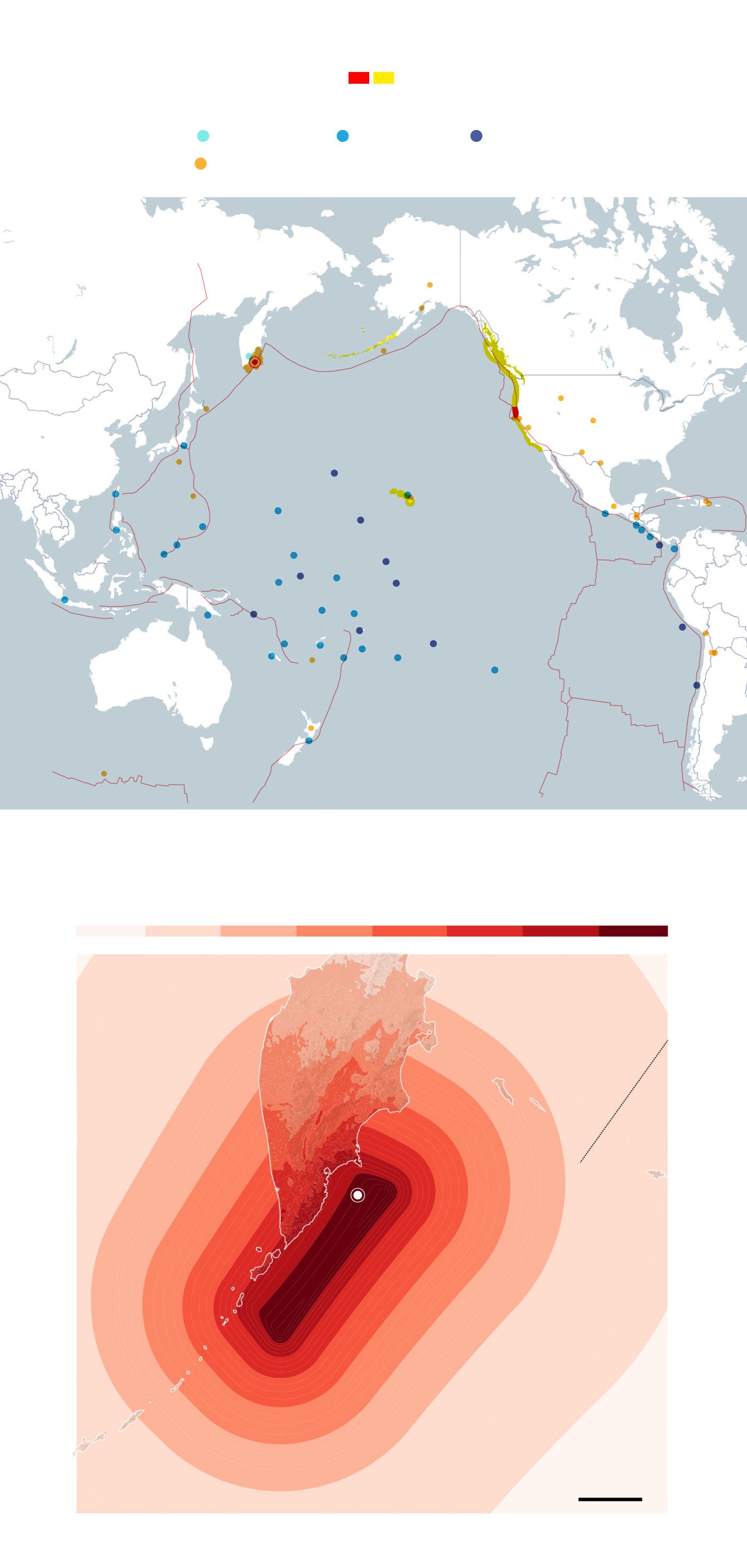
Tsunami risk after the Kamchatka earthquake
Warning
Alert
Wave risk (height)
Less than 0.3 m
Between 0.3 and 1 m
Between 1 and 3 m
Seismic activity in the Pacific in the last 24 hours
Fault lines
Islands
Aleutians
(USA)
British Columbia
(Canada)
Kamchatka
(Russia)
8.8
Oregon border
and California
USA
Japan
Hawaii
(USA)
Taiwan
Guam
Papua
New
Guinea
Samoa
Fiji
Australia
Extended Kamchatka Zone
Intensity of the earthquake
2.6 - 3.4
3.4 - 4.2
4.2 - 5
5 - 5.8
5.8 - 6.6
6.6 - 7.4
7.4 - 8.2
8.2 - 9
Peninsula
from Kamchatka
Russia
Alaska
(USA)
Sea of
Okhotsk
Epicenter
Magnitude
8.8
Depth
20.7 km
Sea of
Bering
200 km
ABC
9.5 in Chile (1960)
Known as the Valdivia earthquake, it is the largest earthquake in recorded history, measuring 9.5 in 1960. The quake and its resulting tsunami left more than 1,600 dead in total, in addition to thousands injured. The tsunami impacted Pacific islands such as Hawaii and Japan.
9.2 in Alaska (1964)
The second largest earthquake on record occurred in the U.S. state of Alaska in 1964. With a magnitude of 9.2, it left around 130 dead and caused significant property damage.
9.1 in Indonesia (2004)
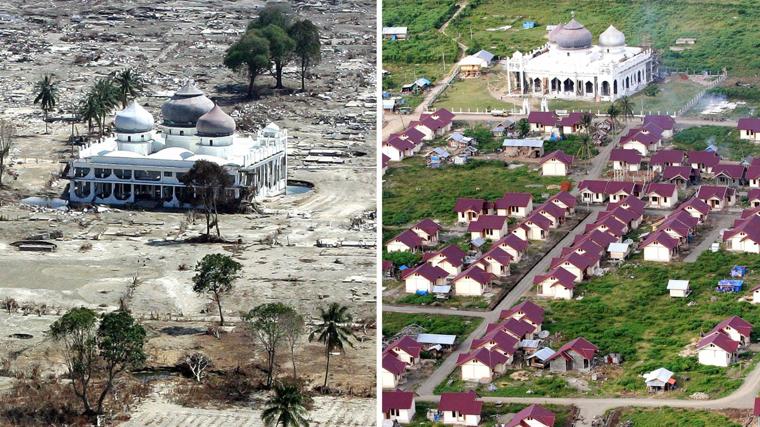
On December 26, 2004, a powerful 9.1 magnitude tsunami struck north of Sumatra, Indonesia, unleashing a devastating tsunami that swept across the Indian Ocean over the next seven hours, striking 15 countries and reaching as far away as Africa, 8,000 kilometers from its epicenter. With waves reaching 50 meters, it claimed more than 227,000 lives and displaced 1.6 million people from their homes, making it the deadliest tsunami since records began in 1900. It was also one of the costliest, causing economic losses across the region of $10 billion, according to UN data.
9.1 in Japan (2011)
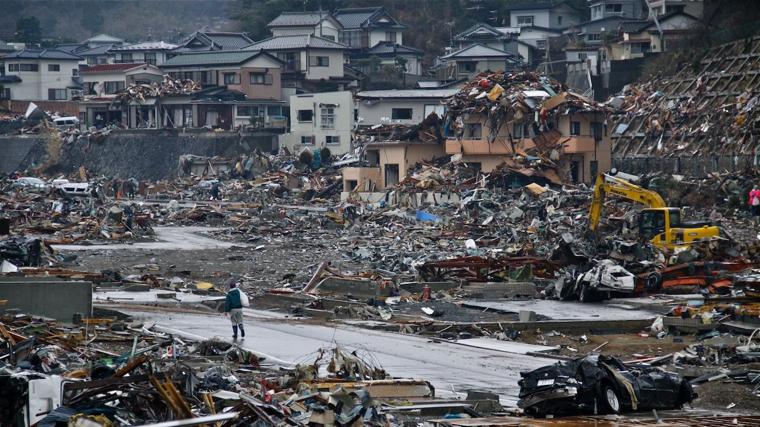
Raised by the Great Tohoku Earthquake, which struck Japan's northeastern coast on March 11, 2011, its giant waves, nearly 40 meters high in some places, claimed nearly 19,000 lives, including dead and missing. The 9.1 magnitude quake had its epicenter in the Pacific Ocean, 70 kilometers east of the Oshika Peninsula in Miyagi Prefecture, and its hypocenter 30 kilometers deep in the sea. Lasting about six minutes, it is the most powerful earthquake Japan has ever experienced. About 40 minutes after the quake, the devastating tsunami struck. In addition to devastating hundreds of kilometers of coastline, destroying and damaging more than a million homes and hundreds of thousands of vehicles, it also struck the Fukushima 1 nuclear power plant, where three of its six reactors melted down when the power went out and their cooling systems failed. It was the most serious nuclear accident since Chernobyl.
9.0 in Russia (1952)
The Kamchatka Peninsula was hit by another earthquake, even larger than Wednesday's, with a magnitude of 9.0, in 1952. Russia did not release any death toll. This quake triggered a tsunami that struck the state of Hawaii, with waves exceeding nine meters in height.
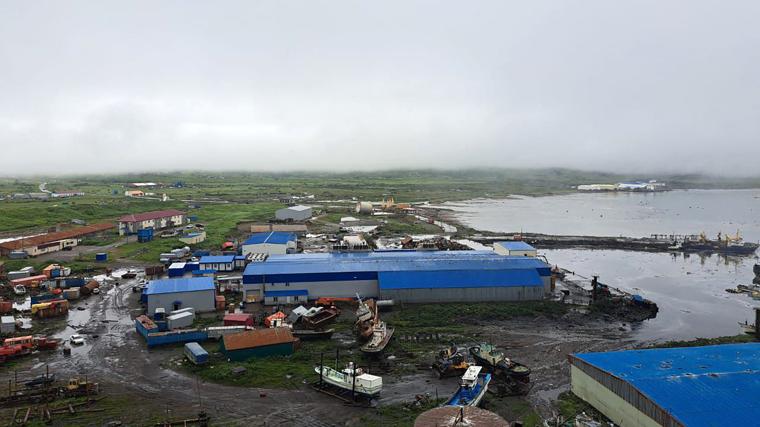
An 8.8-magnitude earthquake struck Russia's Kamchatka Peninsula on Wednesday, damaging buildings and generating a tsunami as high as four meters (13 feet) high that prompted warnings and evacuations across the Pacific Ocean. In the United States, authorities in Hawaii and California have warned the public to stay away from beaches and low-lying areas. The first waves of magnitude were recorded in the Muai area of Hawaii.
8.8 in Chile (2010)
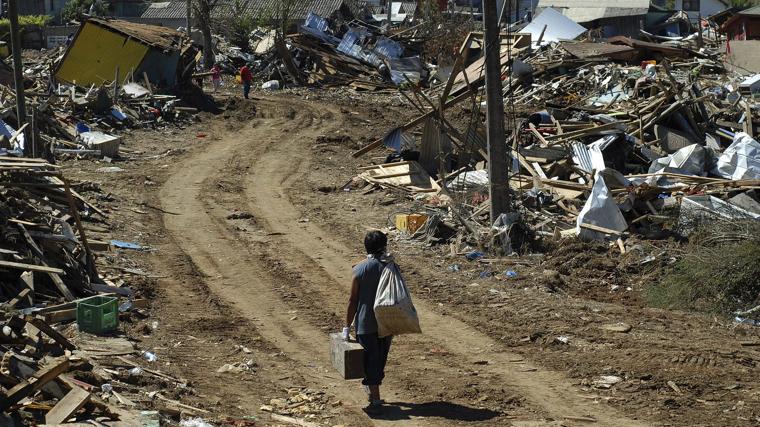
An 8.8 magnitude earthquake struck Chile in 2010, and around 500 people died in the catastrophe.
Some 1,500 people died in Esmeraldas, Ecuador, after an 8.8 magnitude earthquake in 1906.
8.7 in the USA (1965)
Although the 1965 magnitude 8.7 Alaska earthquake in the United States triggered an 11-meter-high tsunami, it caused only minor material damage and no fatalities.
Around 800 people died in a seven-meter-high tsunami resulting from an 8.6-magnitude earthquake that struck Tibet in 1950.

